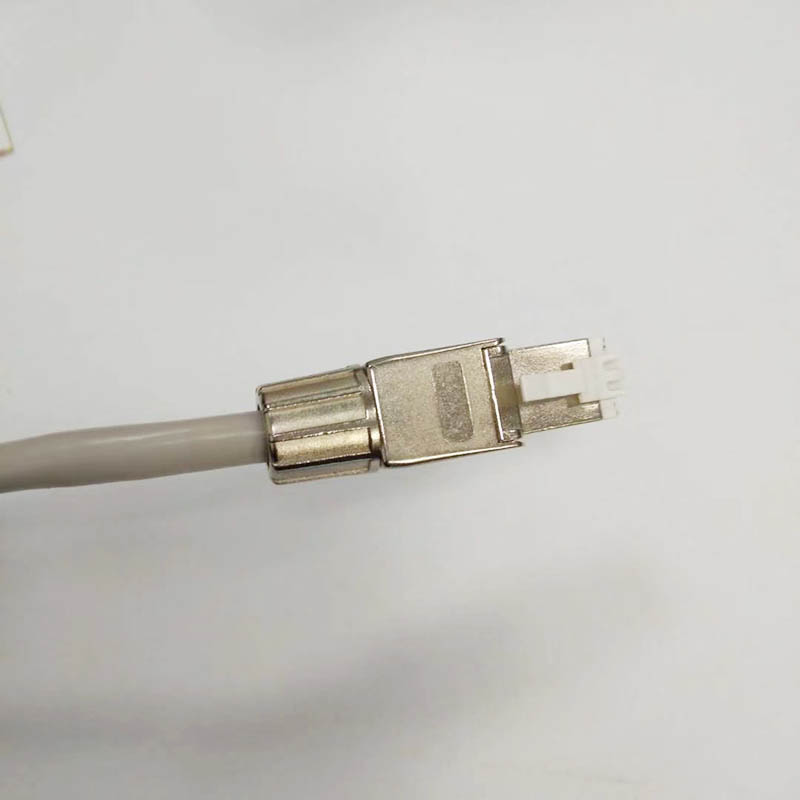What is the bend radius of the CAT7 jumper cable, and does it have a flexible design?
2023-10-18
The bend radius of a CAT7 jumper cable refers to the minimum radius that the cable can be safely bent without causing damage to the internal conductors and shielding. The bend radius is an important consideration, especially in tight spaces or when routing cables around corners.
The exact bend radius of a CAT7 jumper cable can vary depending on the cable's construction and the specific manufacturer. However, in general, CAT7 cables have a relatively small bend radius compared to lower category cables like CAT6 or CAT5e due to their thicker and more robust shielding.
The flexibility of CAT7 jumper cables is influenced by factors such as the design, material quality, and construction of the cable. CAT7 cables are typically designed to be flexible and easy to handle, making them suitable for installations in tight spaces and cable management applications.
However, it's important to follow the manufacturer's guidelines for bending the cable to avoid exceeding the recommended bend radius. Excessive bending or kinking of the cable beyond its specified bend radius can lead to signal degradation, increased crosstalk, and potentially damage the cable, reducing its performance and lifespan.
As a general rule, always handle CAT7 jumper cables with care and avoid sharp bends or twists that could strain the cable or compromise its performance. When routing the cable, try to use smooth curves and gradual bends to maintain the integrity of the cable's shielding and conductors. If you need to make tight turns, consider using proper cable management tools like cable raceways or cable ties to ensure the cable's longevity and optimal performance.



